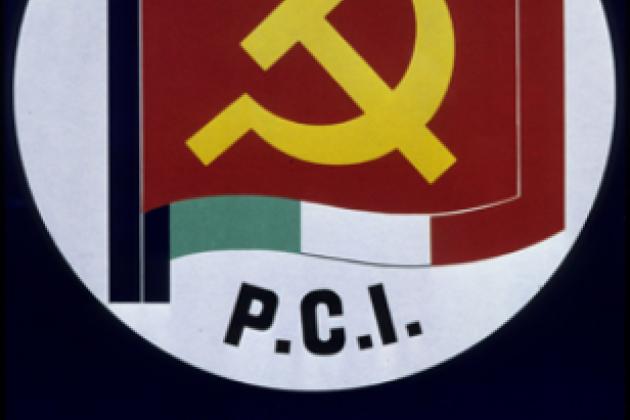- History
- Contemporary
- World
Governments of Europe, the United States, and now Japan—disposing as they do of enormous resources of all kinds and pressured as they are by their own populations—having failed to rescue their citizens held by the Islamic State that disposes of few resources of any kind, raises the question of what it is that that shields the latter and debilitates the former.
Contrasting events from the history of Italy’s struggle against the Red Brigades, culminating on January 28, 1982, suggest an answer. On that day, Italian anti-terrorist forces descended on a safe house of Red Brigades terrorists, captured its occupants, and freed U.S. Brigadier General James L. Dozier, Deputy Chief of Staff of NATO’s Southern European Land Forces, whom the terrorists had captured 42 days previously. That capture and rescue were the final blow to an organization that had terrorized Italy for two decades. As recently as 1978, the Red Brigades had captured the country’s Prime Minister, Aldo Moro. In 1978, the authorities did not know where to look for him until they discovered that the terrorists had left his lifeless body in the trunk of a car. In January 1982, the authorities had all the information they needed.
Between 1978 and 1982, even as the terrorists were gaining in operational sophistication and new recruits were swelling their ranks, they were becoming vulnerable to the authorities because they were losing support from the powerful Communist Party. Throughout the 1970s, the Red Brigades had terrorized anti-Communists. Correctly, the Communists had regarded the Red Brigades as their spearhead. Darkly, they had threatened those who resisted their demands with “the ire of the people.” By the mid-1970s they did not have to. The shootings, beatings, and kidnappings of anti-Communists by these violent super-Communists spoke loudly for themselves. But, beginning with the murder of Moro, who had been doing his best to accommodate the Communists, the Red Brigades made themselves more and more of a bother for the Communist Party. The Brigades started targeting persons closer and closer to Communist leaders. These retaliated.
This made all the difference. For two decades, Communists had been protecting the Brigades. Now, the police started receiving key information. When investigations stalled, new clues would turn up miraculously. The veils that had covered the Brigades’ operations—the safe houses, the telephone numbers, the sources of food—were torn away. The more dangerous the Brigades became, the more those who had the power to hide or reveal them, revealed them. They did so strictly because the Red Brigades had become a danger to themselves.
For our own purposes, it is essential to note that the Red Brigades’ demise resulted strictly from their feud with their protectors, and that the authorities did nothing to stimulate this feud. They put no pressure whatever on the Communists.
We who face a host of “Muslim extremists” must also face the fact that these “extremists” continue to enjoy the protection of mainstream Muslims. What portion of this protection and support is due to sympathy and what portion is due to fear is irrelevant for our purposes. So long as it endures, we are not likely to see hostage situations vis-à-vis Muslim terrorists end as did the captivity of Brigadier General James Dozier.
















